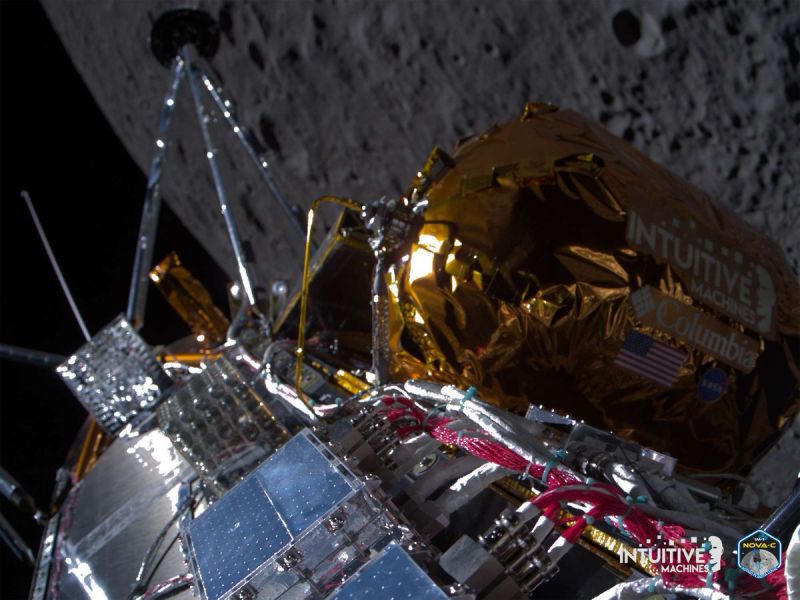
China's Lunar Ambitions: A Journey to the Moon

Exploring China's ambitious lunar mission plans and spacecraft names
Unveiling China's Lunar Ambitions
China's space exploration endeavors have reached new heights as the China Manned Space Agency unveils the names of the spacecraft set to propel Chinese astronauts towards the moon within the decade. This monumental feat is a testament to China's determination to solidify its presence as a leading space power on the global stage.
In a groundbreaking announcement, the China Manned Space Agency introduced the Mengzhou spaceship, aptly named 'Dream Vessel,' the Lanyue lunar lander, symbolizing 'Embracing the Moon,' and the Long March 10 super-heavy-lift carrier rocket. These cutting-edge crafts are integral components of China's ambitious lunar mission program.
The Mengzhou spacecraft is a marvel of engineering, comprising a reentry module for astronaut habitation and control, alongside a service module housing power and propulsion systems. With a length of nearly 9 meters and a weight of 22 metric tons, this spacecraft embodies China's technological prowess in space exploration.
The Vision Behind the Names
The selection of the spacecraft names was a meticulous process, involving experts who evaluated close to 2,000 proposals from the public. 'Lanyue,' derived from a poem penned by Mao Zedong in 1965, embodies the Chinese people's fervor and confidence in their celestial pursuits. On the other hand, 'Mengzhou' signifies the collective aspiration of the Chinese nation to set foot on the lunar surface, encapsulating the essence of a profound dream.
The significance of these spacecraft names resonates deeply with China's overarching space program objectives, aligning with President Xi Jinping's vision of rejuvenating the nation and asserting its technological eminence on a global scale. By embarking on lunar missions, China aims to not only enhance its scientific acumen but also secure a prominent position in the realm of space exploration.
Odysseus passes over the near side of the Moon following lunar orbit insertion on 21FEB2024. The lander continues to be in excellent health in lunar orbit.
A Pioneering Era of Lunar Exploration
As China propels forward with its lunar aspirations, other nations too are intensifying their space programs to unlock the scientific and strategic benefits of moon missions. The United States, in a bid to reignite its lunar endeavors, recently unveiled plans to land astronauts on the moon by 2026, marking a significant milestone in space exploration.
Moreover, Japan's 'Moon Sniper' mission and India's lunar conquest underscore the growing global interest in lunar exploration. China's groundbreaking achievements, including the historic Chang'e missions, have set the stage for future endeavors such as the upcoming Chang'e-6 mission, slated to retrieve samples from the far side of the moon.
In the pursuit of constructing a permanent international research station on the lunar south pole by 2040, China stands at the forefront of lunar innovation, poised to redefine humanity's understanding of the cosmos.











